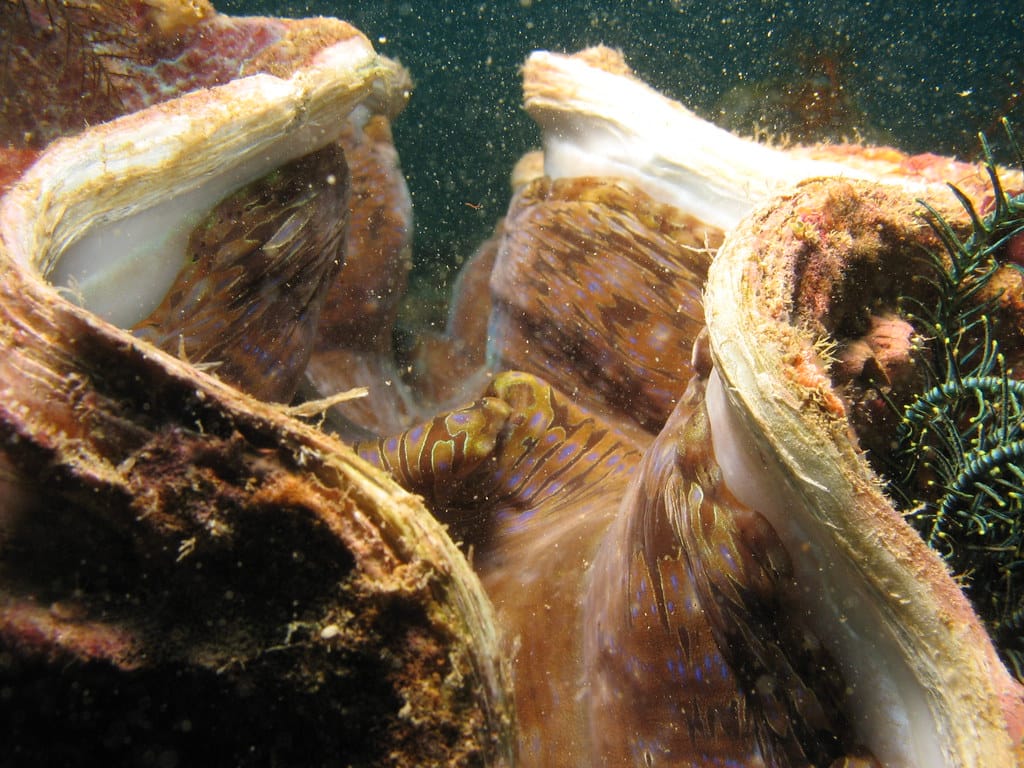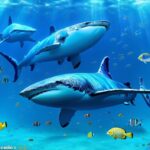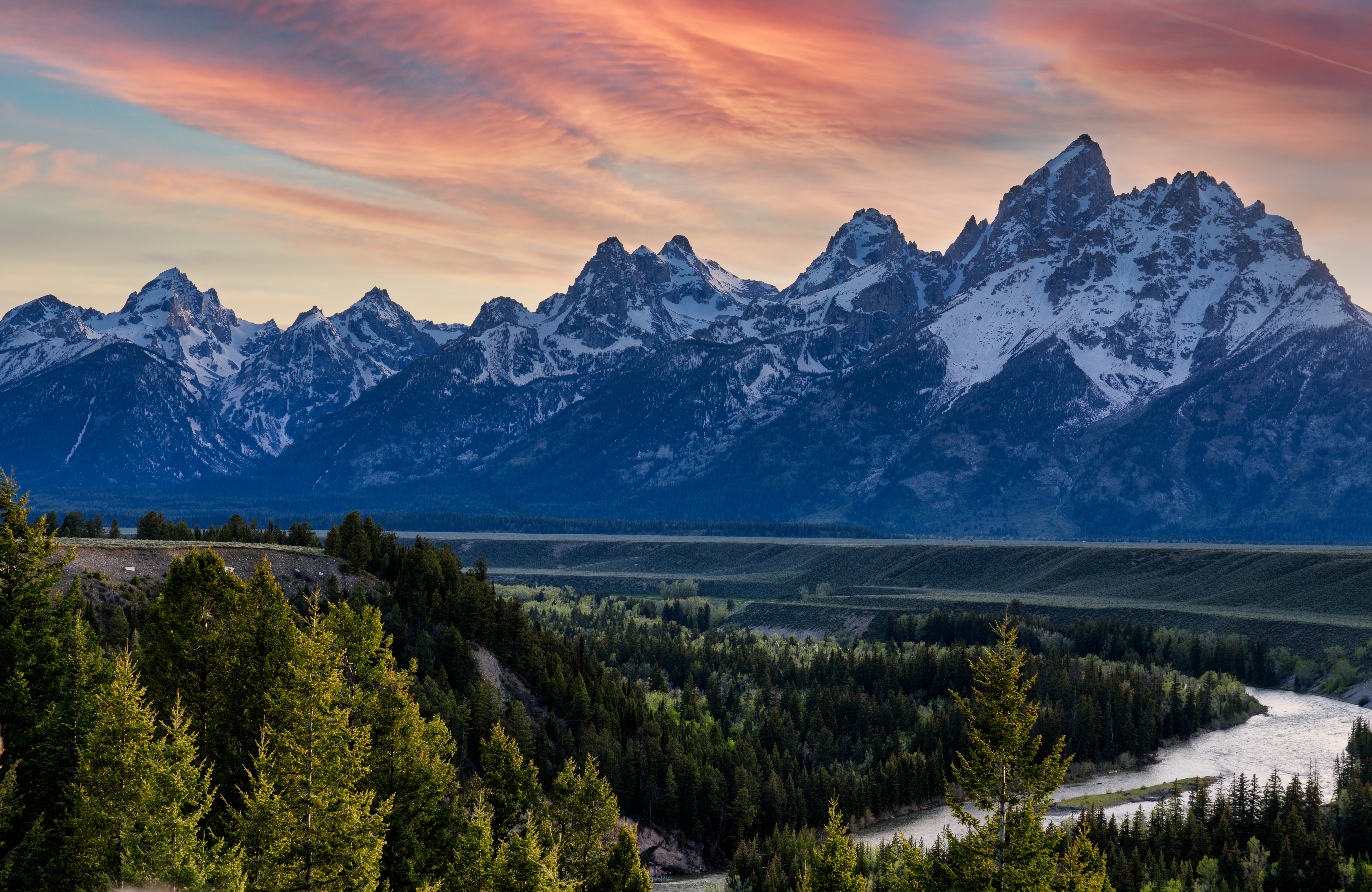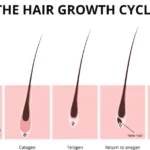Imagine a creature so massive it dwarfs a bathtub, a clam whose lifespan stretches over a century. This is the reality of the Tridacna gigas, the ocean’s largest living bivalve. Its colossal size, reaching over four feet long and weighing up to 500 pounds, is only surpassed by its ecological importance. Join us as we journey into the depths to uncover the captivating secrets of this gentle giant, exploring its life cycle, its vital role in coral reef ecosystems, and the ongoing efforts to protect it from the threats that loom over its future.
A Look Inside the Giant’s World: Habitat and Biology
Where Giants Dwell: Tridacna gigas, often referred to simply as the giant clam, is found in the sun-drenched, shallow waters of the Indo-Pacific region. This realm, stretching from East Africa to eastern Polynesia, including the vibrant tapestry of the Red Sea, provides the ideal backdrop for these gentle giants to thrive. They are particularly fond of coral reefs, their massive shells becoming an integral part of these underwater cities.
A Clam Unlike Any Other: The sheer size of the Tridacna gigas is a spectacle in itself, their enormous, heavy shells a testament to their remarkable growth. Unlike most clams, their shells remain slightly agape, revealing a glimpse into a hidden world within. This opening unveils a vibrant, fleshy mantle, adorned with a breathtaking array of colors, from subdued brownish-yellows to dazzling iridescent blues and greens. These hues are no accident; they are a testament to a remarkable partnership that fuels the giant’s life.
A Symbiotic Symphony: The giant clam’s vibrant mantle is home to billions of microscopic algae known as zooxanthellae. This is no chance encounter; it’s a finely tuned symbiotic relationship that benefits both parties. The clam provides the algae with a safe haven and access to the sunlight that bathes the shallow reefs. In return, the zooxanthellae, through the miracle of photosynthesis, produce sugars and other nutrients, providing the clam with a significant portion of its sustenance.
Filtering for Life: While the symbiotic partnership with algae is essential, the giant clam doesn’t rely solely on its photosynthetic companions. Like all clams, they are filter feeders, using two large siphons to draw in water and extract microscopic particles of food. The inhalant siphon pulls in the surrounding water, while the exhalant siphon expels the filtered water back into the reef, playing a crucial role in maintaining water clarity and quality.
From Spawning to Century-Old Giants: Tridacna gigas are hermaphrodites, possessing both male and female reproductive organs. When the time is right, they release millions of eggs and sperm into the water in a synchronized spawning event, a gamble for survival in the vastness of the ocean. Those lucky enough to find a mate and survive the perilous journey to adulthood may live for over 100 years, their massive shells becoming living records of time, each ring a testament to another year in the ocean’s embrace.
The Unsung Heroes of the Reef: Ecological Significance
Architects of the Deep: The giant clam’s impressive size is more than just an aesthetic wonder; it plays a critical role in the very structure of coral reefs. Their massive shells, composed primarily of calcium carbonate, provide a sturdy foundation for coral larvae to settle and grow. As these corals flourish, they create a complex, three-dimensional habitat that supports a staggering diversity of marine life.
Guardians of Clarity: The filter-feeding habits of Tridacna gigas contribute significantly to the health and resilience of coral reefs. By removing excess nutrients, plankton, and organic matter from the water column, they prevent harmful algal blooms, ensuring that sunlight can reach the corals and other photosynthetic organisms that call the reef home. This delicate balance is essential for the long-term survival of these vibrant ecosystems.
A Vital Link in the Food Web: While giant clams play a critical role as ecosystem engineers and water purifiers, they also serve as a source of food for a variety of marine creatures. Larger fish, sharks, and even octopuses may prey on juvenile clams, while their eggs and larvae are a nutritious food source for a wide range of planktonic organisms. This intricate web of life highlights the interconnectedness of species within coral reef ecosystems.
A Race Against Time: Conservation and the Future of the Giant Clam
From Abundance to Vulnerability: For millennia, Tridacna gigas populations thrived in the warm waters of the Indo-Pacific, their massive shells a common sight for those fortunate enough to explore these underwater realms. Sadly, this abundance would not last. Overharvesting for food, the aquarium trade, and the allure of their beautiful shells took a devastating toll. Today, the International Union for Conservation of Nature (IUCN) lists the giant clam as “Vulnerable,” a stark reminder of the impact human activities can have on even the most seemingly resilient species.
Threats on the Horizon: While overharvesting remains a concern, Tridacna gigas faces a growing number of threats, many linked to human activities. Climate change, with its insidious effects of ocean acidification and warming waters, poses a significant challenge. Ocean acidification makes it increasingly difficult for clams to build and maintain their shells, while warming waters can disrupt the delicate symbiotic relationship between the clam and its algal partners, leading to coral bleaching and impacting the clam’s food supply. Habitat destruction, primarily driven by pollution and destructive fishing practices, further compounds these challenges.
A Glimmer of Hope: Conservation Efforts and the Path Forward
Protecting a Legacy: Despite the challenges, there is hope for the giant clam. International trade regulations, such as the Convention on International Trade in Endangered Species of Wild Fauna and Flora (CITES), have been implemented to control the trade in giant clam shells and meat, curbing the demand that fueled their decline. Marine protected areas (MPAs), carefully managed zones where fishing and other extractive activities are restricted, offer a sanctuary for these gentle giants to recover and thrive.
Cultivating a Future: Sustainable aquaculture programs, where giant clams are raised in carefully controlled environments, offer a promising solution to meet the demand for their meat and shells without further impacting wild populations. These programs often involve local communities, providing economic opportunities while promoting conservation.
The Call to Action: Our Role in Protecting the Ocean Giants
The story of the Tridacna gigas is a powerful reminder of the interconnectedness of life on Earth. As stewards of our planet, it’s our responsibility to ensure that these gentle giants continue to grace our oceans for generations to come. By supporting sustainable seafood practices, advocating for stronger environmental policies, and minimizing our own ecological footprints, we can all play a role in protecting not only the giant clam but the intricate web of life that depends on healthy oceans.
If you are curious to learn more about other fascinating marine creatures, take a look at tarantula molting in tarantulas or delve into the world of the tremoctopus, an octopus with some surprising secrets.
- Unlock Elemental 2 Secrets: Actionable Insights Now - April 2, 2025
- Lot’s Wife’s Name: Unveiling the Mystery of Sodom’s Fall - April 2, 2025
- Photocell Sensors: A Complete Guide for Selection and Implementation - April 2, 2025
















